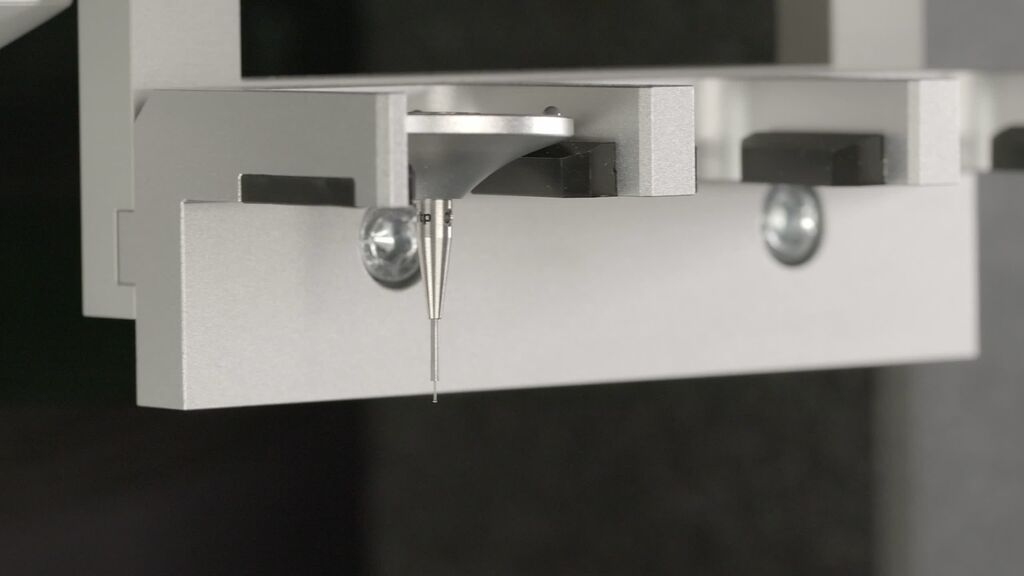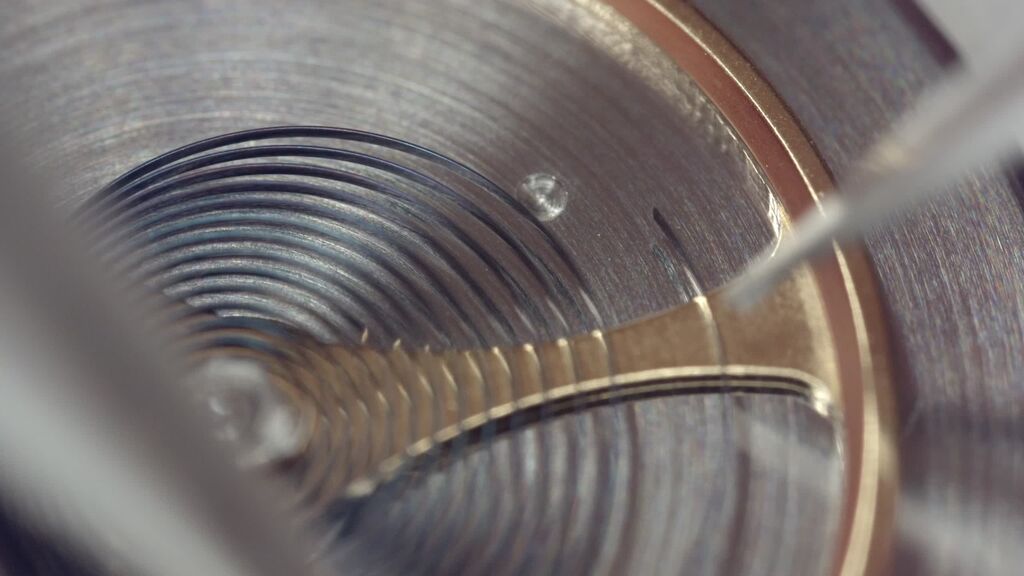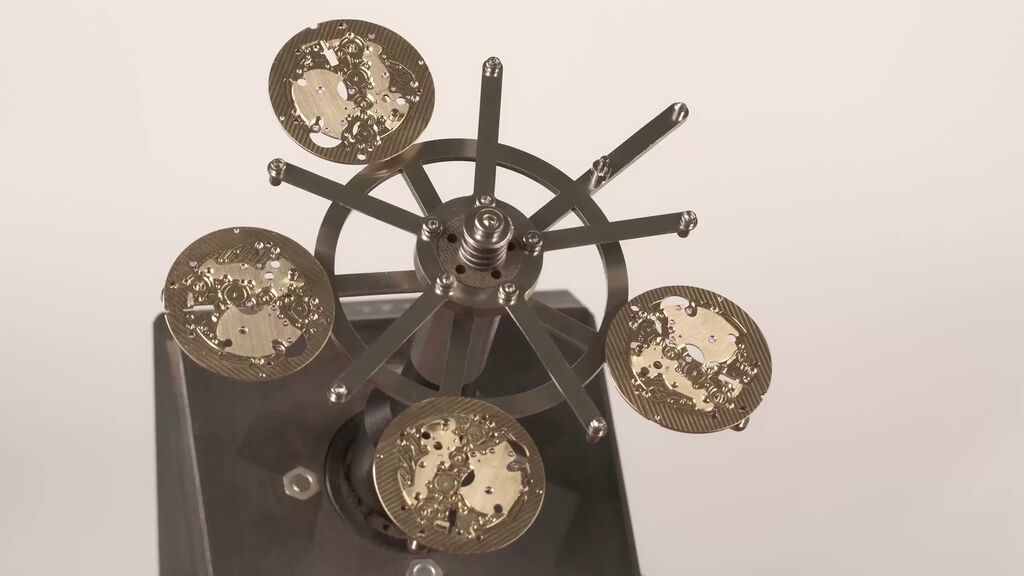
6.3. Quality assurance: tactile measurement
A tactile measuring method registers the contact of a body with a measuring tip. In other words, they get up close and personal. Modern optical measuring methods are very fast and very accurate. However, this is not always enough when it comes to manufacturing watch movements. Due to a wide range of influences—such as light, surface texture and reflections—the measuring accuracy of optical methods decreases in some cases. This is where tactile processes have the advantage. Whether inner or outer diameter, heights or entire contours, manual or fully automatic, almost anything is possible—if you know how. Only qualified technicians like those at NOMOS Glashütte know how to use the various measurement methods correctly.

6.2. Adjusting the end of the balance spring
The last, curved part of the balance spring is known as the end curve. In the past, there was even an inner end curve. The end curve is used to attach it to the stud holder, and thus to the balance cock. In addition, the end curve is often used to quickly adjust the pace of the watch, because the frequency—which is the oscillation of the balance wheel—can be influenced by changing the effective length of the balance spring. To ensure that this happens reliably and in even steps, the end curve must have a perfect radius to the center point. This requires a keen eye, a steady hand, and a great deal of experience.

6.1. Sandblasting
Almost all of the framing movement parts at NOMOS are allowed to ride this carousel without having to queue: movement plates, three-quarter plates, balance cocks, and bridges. While they do, the parts also get a good sandblasting. But in a very gentle way—because it's not sand, but the finest bronze filings. This evens out the many different surface structures that result from the machining process. Not only does it look better, this also helps with optical measurement methods, creates an even surface for polishing, and smoothes some of the edges. And it's fascinating to watch!